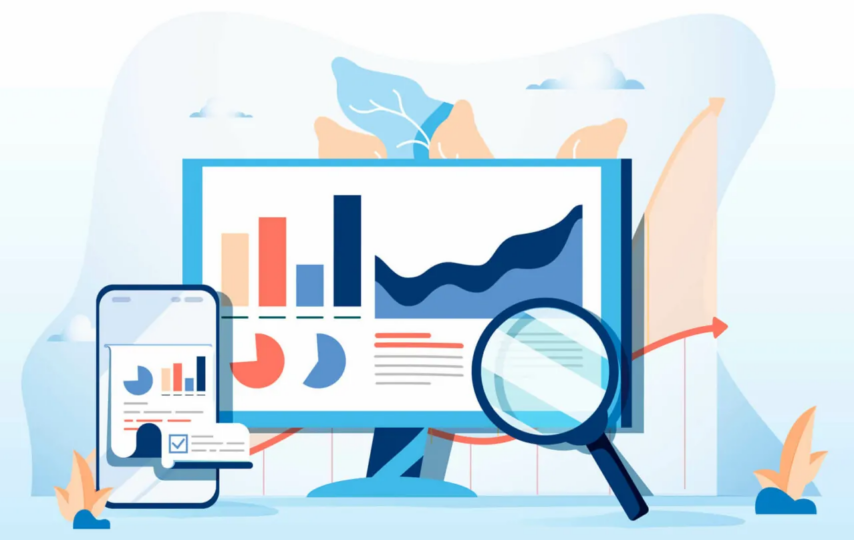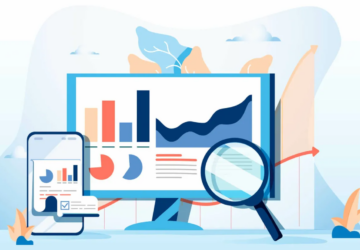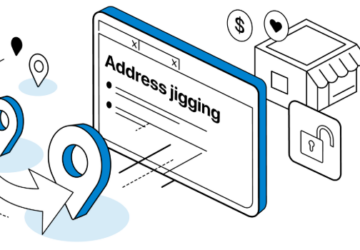Whether you’re a freelancer building a personal portfolio or a startup trying to launch fast on a tight budget, website templates have likely crossed your path. But what exactly is a website template, and more importantly, why has it become a staple in modern web development?
Let’s break it down and explore why website templates are more than just a convenience. They’re tools for speed, scalability, and success.
What Is a Website Template?
A website template is a pre-designed web page or set of web pages that anyone can customize with their content, images, and branding. Think of it like a house blueprint; you still get to choose the furniture, colors, and decorations, but the structure is already built.
Templates typically include essential layout components like headers, footers, navigation menus, and content blocks. They’re designed by professionals and follow UI and UX design best practices to ensure usability, responsiveness, and a cohesive visual flow.
Some templates are built with frameworks or specific technologies. For instance, an HTML5 and Tailwind CSS website template combines the latest HTML standards with the utility-first approach of Tailwind, giving you a sleek, fast, and flexible design out of the box.
Why Website Templates Matter in Web Development?
Now let’s talk about the “why.” Templates exist for a good reason. They streamline the web development process in ways that save time, money, and stress. Below are some practical advantages that highlight their real-world impact:
1. Speed to Launch
Time is everything in today’s digital world. Starting from scratch can take weeks or even months of design and development time. With a template, much of the heavy lifting is already done.
You simply plug in your content, tweak some visual settings, and hit publish. Businesses that need a quick web presence, whether for a product launch, campaign, or temporary landing page, can get online in hours instead of weeks.
2. Professional Design Without the Cost
Hiring a UI/UX designer to create a custom layout can be costly, especially for startups or individuals just getting started. Templates bridge that gap by giving you a professionally designed layout for a minimal cost.
Some templates are created using trending technologies. For instance, a Bootstrap and Tailwind CSS Website Template comes packed with sleek modern visuals and a performance-optimized structure. It’s making your site look high-end without breaking the bank.
3. Responsive and Mobile-Ready
Most users browse websites on mobile devices, so your site needs to look great across all screen sizes. Templates today are typically built to be responsive by default.
With Tailwind CSS in particular, responsive design becomes even easier to manage. Utility classes make it simple to adjust layout behaviors for different screen sizes. When you choose an HTML5 and Tailwind CSS website Template, you’re not just choosing aesthetics. You’re choosing future-ready adaptability.
4. Consistency Across Pages
If you’ve ever built multiple pages manually, you know how difficult it can be to maintain consistency. Fonts, spacing, alignment, and visual hierarchy can easily go off track.
Templates add design consistency by default. Every section, from headers to CTAs, follows the same style rules. This helps ensure your users have a seamless experience navigating through your content.
5. Built-in Features That Save Time
Good templates come loaded with features like sliders, image galleries, pre-styled forms, and icons. Instead of installing multiple plugins or writing these components from scratch, you can customize what’s already included.
A Tailwind CSS and Bootstrap website template includes reusable blocks and utility classes, so you can build new sections by simply copying and modifying elements without additional coding headaches.
Who Should Use Website Templates?
The real beauty of website templates is that they’re versatile. Here’s a quick rundown of who benefits the most:
- Freelancers & Creatives: Get your portfolio live fast and look polished.
- Startups: Launch your MVP or landing page on a shoestring budget.
- Small Businesses: Save on design costs while maintaining brand presence.
- Agencies: Speed up client delivery with customizable frameworks.
- Developers: Skip repetitive frontend tasks and focus on logic and backend.
Website Template Customization: Where Creativity Comes In
Some people think templates limit creativity. That’s only true if you don’t customize them. Templates give you a strong starting point, but it’s still your job to shape the identity of the site.
With Tailwind CSS, you can go beyond the defaults easily.
- Want your brand colors? Set them in the config file.
- Need different font sizes or layouts? Utility classes let you adjust things quickly without writing custom CSS.
When using an HTML5 and Tailwind CSS website Template, you’re not boxed into a cookie-cutter design. You’re able to build something that feels custom, fast.
SEO and Performance Benefits in Website Templates
Templates aren’t just about looks. Many modern templates are optimized for:
- SEO: Clean HTML structure, proper use of tags (like <h1>, <meta>), and semantic markup to improve your website rankings.
- Speed: Templates optimized for lightweight files, compressed assets, and minimal JavaScript.
- Accessibility: Templates built with standards in mind make it easier for all users to interact with your site.
If your template is built on HTML5, that’s already a step forward in structure and readability for search engines. Combine that with a modular design approach for Tailwind and Bootstrap, and you’re off to a strong technical start.
Conclusion
Web development doesn’t have to be complicated from day one. A well-crafted website template can be the launchpad you need to get your brand, idea, or service online quickly, beautifully, and efficiently.
Especially when you choose a solid HTML5 and Tailwind CSS, and Bootstrap website Template, you get a modern foundation that’s responsive, customizable, and built for real-world needs.
At the end of the day, templates aren’t shortcuts. They’re smart starts. For many businesses, that’s exactly what’s needed in a fast-paced digital world.







